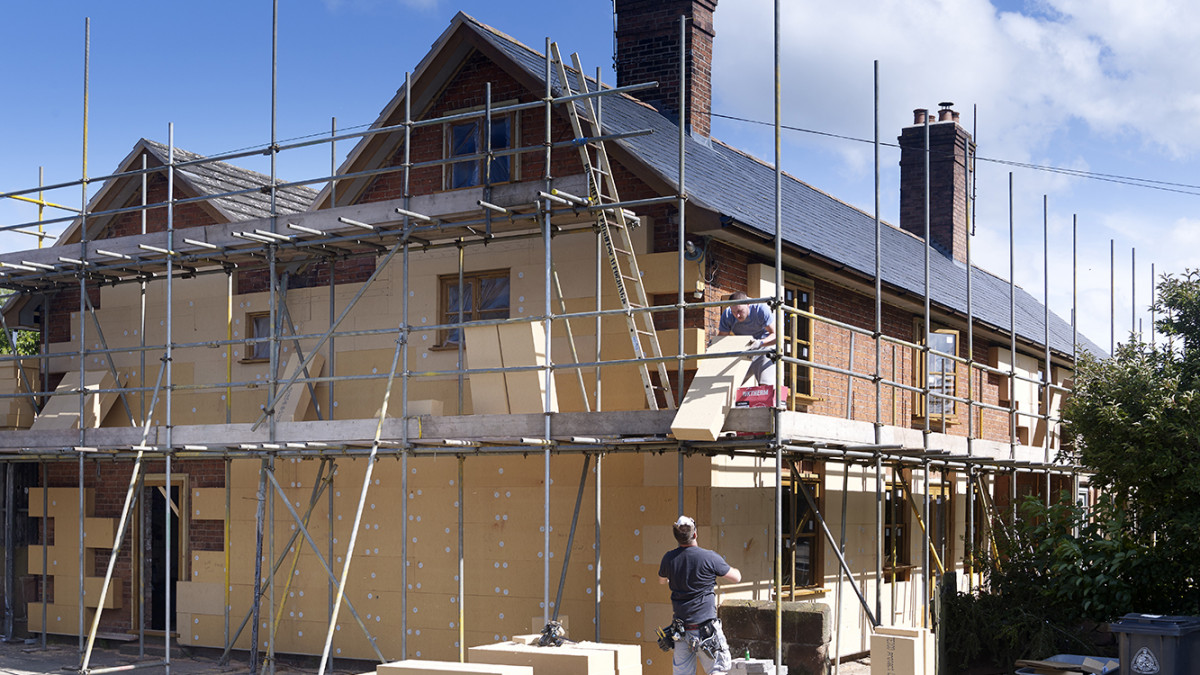Insulation
A key factor in keeping buildings warm in winter and cool in summer is insulation.
The specific properties of wood fibre insulation can help make new and existing homes comfortable and healthier. It is also one of the most environmentally friendly insulation systems.

10 benefits of wood fibre insulation
- Thermal comfort: Natural fibres like wood contain chemically bound water which absorbs heat energy and helps to prevent overheating in the summer. Wood fibre is very dense, which also slows the passage of heat through the fabric. This is especially important for rooms in the roof.
- Humidity regulation: Wood fibre has good breathability which allows the the dry transport of moisture. It absorbs and releases moisture whilst remaining dry thus preventing the build up of moisture in the fabric which could cause damage to structural timbers. Regulation of humidity assists with preventing condensation and mould growth, and this helps prevent a build up of dust mites and bed bugs.
- Acoustic attenuation: Wood fibre has excellent acoustic properties as is demonstrated here.
- Low VOC levels: Wood fibre is low in VOC as evidenced by natureplus.
- Loved by builders: Builders and installers like workig with wood fibre as it is pleasant to handle on site.
- Renewable resource: Wood fibre insulation is manufactured from renewable resources.
- Material efficiency: Wood fibre boards contain a high percentage of post-industrial waste material.
- Reuse: It is possible to reuse wood fibre boards.
- Recycling: Wood fibre boards are easy to recycle at their end of life.
- Carbon storage: Wood fibre helps the climate. As a wood based material it stores carbon captured by the growing tree.
Learn more about wood fibre insulation in this podcast.
Find out about differences between the various wood fibre insulation products in this podcast.
